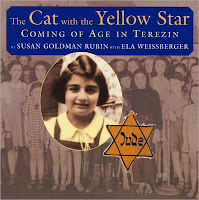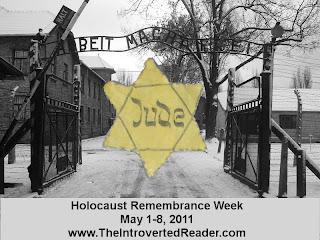After school, Colin seems to get under foot with everyone. His mother is busy preparing for a wartime fashion show at Nimrods, the shop where she works; his older sister Mary, a nursing student, is in the living room with her soon to be drafted boy friend, Lars; younger sister June, 10, was having her tea with her best friend Pamela. Colin decides to go off to see his father at Exeter Cathedral, where he is a verger.
Returning home with his dad a little later, Colin’s bad day isn’t over yet. He is told he must help serve snacks and sherry at the fashion show, where, as it turns out, Mr. and Mrs. Kitchen are also in attendance. Despite this, Colin does very well until he is hit with a bad case of the giggles over the name of the show’s organizer, Mrs. Wimbleball. His mother tells him to leave, and he runs out of the store, remembers he left his jacket in the top of the south tower of the Cathedral, and decides to go and fetch it.
While walking up to the tower, Colin hears the first drone of planes, but continues upward thinking there is plenty of time between sirens sounding and the arrival of the planes. But not this time.
Up in the tower, Colin watches as the bombing of Exeter begins almost immediately. By the time the all clear sounds, a little over an hour later, Exeter is in shambles. On his way home, Colin runs into his enemy Terry Wootton and his mother outside their destroyed fish and chips shop/home. Mrs. Wootton goes to stay with her sister, while Colin and Terry go to the Lockwood house. Colin’s home has been destroyed, but his sister June and his father survived in their shelter – a reinforced cupboard under the stairs. His mother, he later learns, was trapped in an elevator in Nimrods with Mrs. Wimbleball and Mr. and Mrs. Kitchen. His sister Mary has managed to get to the hospital to help out.
June goes to stay with her friend Pamela and his father goes to check the damage to the cathedral. Colin leaves a note for his mom, climbs into the house to get some sleeping bags and food, and he and Terry go off to a field to sleep in the haystack.
The next day, when they return to Mrs. Wootton’s fish and chips store, they find all the thawed out fish and the potatoes, and set up shop amid the rubble, advertising it as:
“T. Wootton and C. Lockwood. Noted fryers of quality fish. Business as usual. Hot meals on sale. FREE.”
Realizing they have much in common and work so well together, Terry and Colin have by now gone from being mortal enemies to being fast friends. For Colin, the bombing of Exeter serves as the catalyst that helps Colin become a very different person than the boy he was when he woke up on the morning of May 3rd.
The purpose of The Exeter Blitz is not to present the attempt to destroy the cathedral, and what a terrible loss that would be, which it would have been had it happened. And though this is Colin’s coming of age story, Rees has also realistically presented each of the Lockwood’s thoughts, feelings and activities up to, during and after the bombing through the use of an omniscient narrator.. In this way, the readers is privy to the way each of them deals with the loss and damage that surrounds them on the morning of May 4th. It is inevitable that that level of destruction of personal and public property would have an effect on each individual. What makes The Exeter Blitz such a worthwhile novel to read is watching each person changing over the two days that the novel covers.
This focus on people rather than the event may be why Rees had no qualms about using anachronism in the timing of the blitz on Exeter, which he fully acknowledges in his Introduction. The bombing actually took place around 2 AM on May 4th. Had Rees written his novel using the correct time of the bombing, he would not have been about to present the kind of diversity of view points changing the time enabled. All the Lockwood family would have been sleeping in their beds and not interacting with the other residents of Exeter.
Exeter was part of the air attacks known as the Baedecker raids. Hitler, angered by the fire bombing of Lübeck, gave the order for all of the famous, meaningful historic building listed in the Baedecker Guide to Great Britain to be bombed out of existence in retaliation. These included Exeter, Bath, Norwich, and York. Canterbury was targeted in retaliation for the bombing of Cologne.
David Rees was awarded the 1978 Carnegie Award for The Exeter Blitz.
This book is recommended for readers aged 10-14 years old.
This book was purchased for my personal library.
For more information on the Exeter blitz, see Exeter Memories
 |
| A view of Exeter Cathedral |
This is book 7 of my British Books Challenge hosted by The Bookette
This is book 9 of my Forgotten Treasures Challenge hosted by Retroreduxs Reviews








































